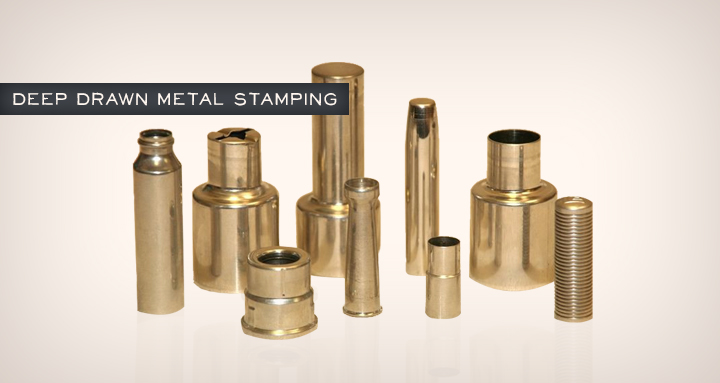Four Signs You Should Invest in Deep Drawn Metal Stamping
Four Signs You Should Invest in Deep Drawn Metal Stamping
November 5, 2014

With all of the technology available in the manufacturing industry today, it can be daunting to decide which method would create the highest quality part at the lowest cost. When faced with such a decision, the best way to move forward is often to closely examine the needs and requirements of the product and then locate a suitable manufacturing method.
When it comes to deep drawn metal stamping, there are several key signs that are useful to indicate that this type of process is right for you.
Cost per unit needs to be low!
The deep drawn metal stamping process is unique among other manufacturing methods in that the cost per unit decreases significantly as the unit number goes up. In other words the more parts required, the lower the cost per part!
High Strength, Light Weight.
Deep drawn metal stamping creates products that are even stronger than the material used to make them. As each part is formed under pressure from the die, stresses are introduced into the material. Known as cold working, this process changes the grain structure of the material and results in a stronger, more durable end product. A more dense grain structure also allows for reduced wall thickness, creating a part that is lighter and stronger than other methods.
The Product needs to be seamless and have a high quality surface finish.
Because the deep draw process creates finished products from only one piece of material, even complex geometries can be achieved that are completely seamless. This eliminates the need for rework due to poor adhesion, leakage, and corrosion that seamed products typically suffer. In addition, the surface finish of a drawn part tends to be of higher quality than that of other manufacturing methods such as extruding. This means more high quality parts with less scrap!
Time is money!
Deep drawn metal stamping is a continuous process; therefore the cycle time per part is extremely low in comparison to similar methods. Higher line speeds, less downtime, and a low technical labor requirement all add up to more production in less time, which means more profit for the company!
{{cta(‘0d38e70e-d077-445f-9651-6213c3b482b6’)}}


